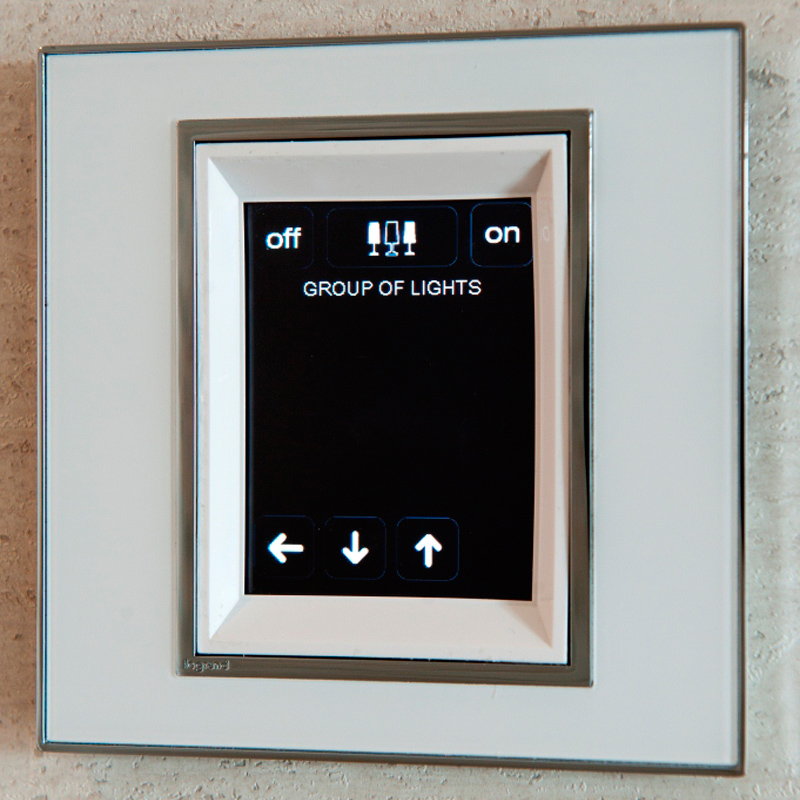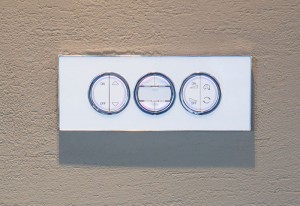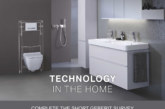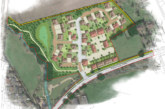
Housebuilders are challenged with meeting a diverse number of requirements – the expectations of a 21-year-old purchasing their first home are very different to the desires of the 65 plus age bracket. Richard Hayward of Legrand believes technology could offer a potential solution.
The UK’s population is transforming before our eyes and the impact upon everything from our homes, building stock and infrastructure must be reflective of the changing needs of society. One glaring theme is in our ageing population and the fall in the birth rate.
There is much written about the baby boomer years in the 1960s and how this has then impacted future generational shifts. While births dipped in the 70s, they rose again in the early 80s as the boomers had children and then again in the mid-late 00s as the boomers grandchildren were born.
On the opposite end of the scale, the UK death rate has also continued to fall over the last two decades, and net migration has risen. Where the stats get interesting is the rise of the over 65 age bracket, representing 17.7% of our total population in 2014 and growing, according to ONS. In fact, by 2039 it is expected that almost 25% (24.3) of our total population will be over the age of 65.
Understanding the core demographics of the country is important in order to clearly understand the varying needs of the population and therefore the design of homes and technology to meet these needs. Technology is an incredibly important factor, particularly when we consider the volume of internet-enabled devices in our homes and how this is impacting upon family life.
On demand
In fact, according to Ofcom, most 16-24 year olds watch programmes on-demand rather than at the official scheduled times – TV viewing is also in decline. For future home designs this figure is interesting, as it highlights a potential decline in families getting together in front of the television, and an increasing focus on moveable devices that can be used throughout the home. This doesn’t necessarily herald the end of the living room, more the need for flexibility as we grow to understand more about consumer behaviours in the home.
The mass adoption of internet-enabled devices is fascinating and underlines the increasing relevance of technology in our homes today and tomorrow. Particularly so, when we consider the differing ways in which the population uses it. Say for example, the rise of home working – which according to Trade Union Congress (TUC), in a recent study, shows that there are a quarter of a million more people working from home, than there was a decade ago.
Just scratch the surface of some of these factors, and we already know that our homes need to be more flexible in order to accommodate modern living. There is an increasing need for working zones away from the main social space and more than anything people are using technology in a variety of ways to meet their own individual needs.
Lifetime homes
For the future therefore, homes must be diverse in nature – responding to the changing needs of family life from birth to old age. This is where some elements of the Lifetime home come into being – while nothing new, it focuses on the idea of inclusivity of design, meaning that a home can adapt to a family’s needs, as they grow. Another school of thinking is the idea of building a greater proportion of new homes to meet the individual needs of certain demographics, namely the over 65s. This in turn can potentially free up more existing family homes, ripe for renovation.
The All Parliamentary Group on Housing and Care for Older People has researched and documented a series of ten design features that ‘underpin age-ready housing’. From the requirement for outdoor space, to natural light, shared community spaces and high levels of efficiency, the Happi report provides a guiding note for future development. The report also highlights the benefits that technology can bring to the home, a fact that transcends age – enabling greater communication with the outside world, assisted living and a number of other benefits such as energy efficiency.
Role of technology
 The role of technology therefore has great potential within our future homes – to help people to live life better. Wiring integrated into the home’s design, from the beginning, can be linked to a wide range of home automation functions, from security and door entry, to heating, fire detection and lighting control.
The role of technology therefore has great potential within our future homes – to help people to live life better. Wiring integrated into the home’s design, from the beginning, can be linked to a wide range of home automation functions, from security and door entry, to heating, fire detection and lighting control.
For the young, the ideal function in an automated home may be entertainment – for example the ability to stream music throughout the home via a single control panel or internet-enabled device such as a smart phone or tablet.
For families, comfort and security may be top of the wish-list, enabling the end user to answer the door remotely via video link or via a tablet or smart phone, or to activate pre-set heating and lighting levels via a single switch. An older resident, however, may be more interested in energy efficiency, security and the ability to upgrade the system to make it more suitable in older age, with home safety alarms or activity monitoring that allow them to live independently at home for longer.
Electrical infrastructure
While our base needs may seem the same on the surface, in terms of keeping ourselves, family and friends safe, warm and happy, there are some fundamental differences and it’s important that we consider this. Building in a core electrical infrastructure should be key in all properties – a basic in the property specification.
With this in place, individuals can then pick and choose the elements that best meet their needs today and tomorrow. Property design should of course be influenced by the needs of our population, but shouldn’t be limited by it. How we use our homes and technology is quite individual, so why should our homes all be the same?
Through careful considered planning and an understanding of the market, it is possible to design homes of the future, and adapt existing housing stock in-line with what consumers want, rather than trying to push our standards and designs upon them. We have a long way to go before our housing stock is fit for purpose, but with a greater understanding of what consumers want and, how they actually use their homes, we are that one step closer.








